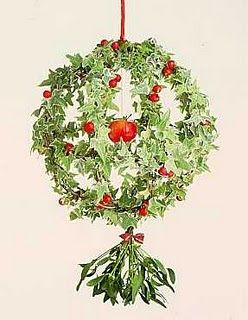A Valentine’s Day Limerick

You may not be aware, but it was considered unseemly for a Regency gentleman to write letters to a young lady or vice-versa. Communication was supposed to go through the parents. That didn’t stop ladies from checking the mail while Papa was preoccupied, of course, so papas were particularly careful on Valentine’s Day, which was when gentlemen (and rogues) sent valentines. Thus it was with some enjoyment that I read an old blog by Two Nerdy History Girls (authors Loretta Chase and Susan Holloway Scott) about a father who intercepted a couple of “obscene” Valentines before they could horrify his daughters. I found the original letter to the editor concerning this event and was greatly amused. Today the equivalent would be dirty pics in Messenger. In my day it was obscene phone calls. Apparently, in the regency, “depraved” valentines contained what were probably the equivalent of bawdy limericks. But I still wish I knew exactly what was in those valentines, don’t you?








